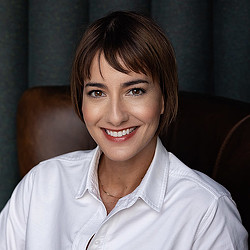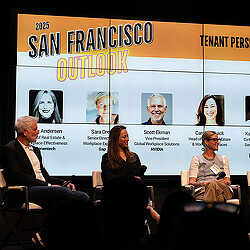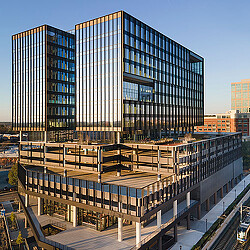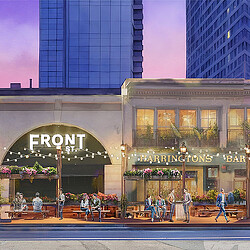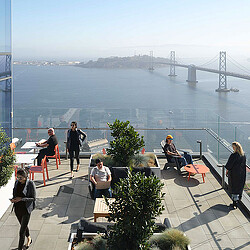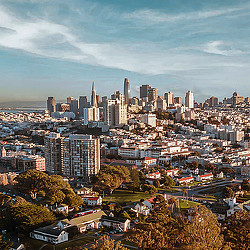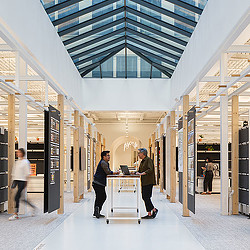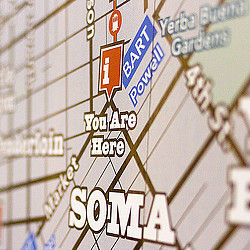Urban Design’s Renaissance:
How San Francisco Is Leading the Way
Cities everywhere are rethinking not just how they look and function, but how they can better serve the people who live in them. Few cities are as poised to lead this transformation as San Francisco.
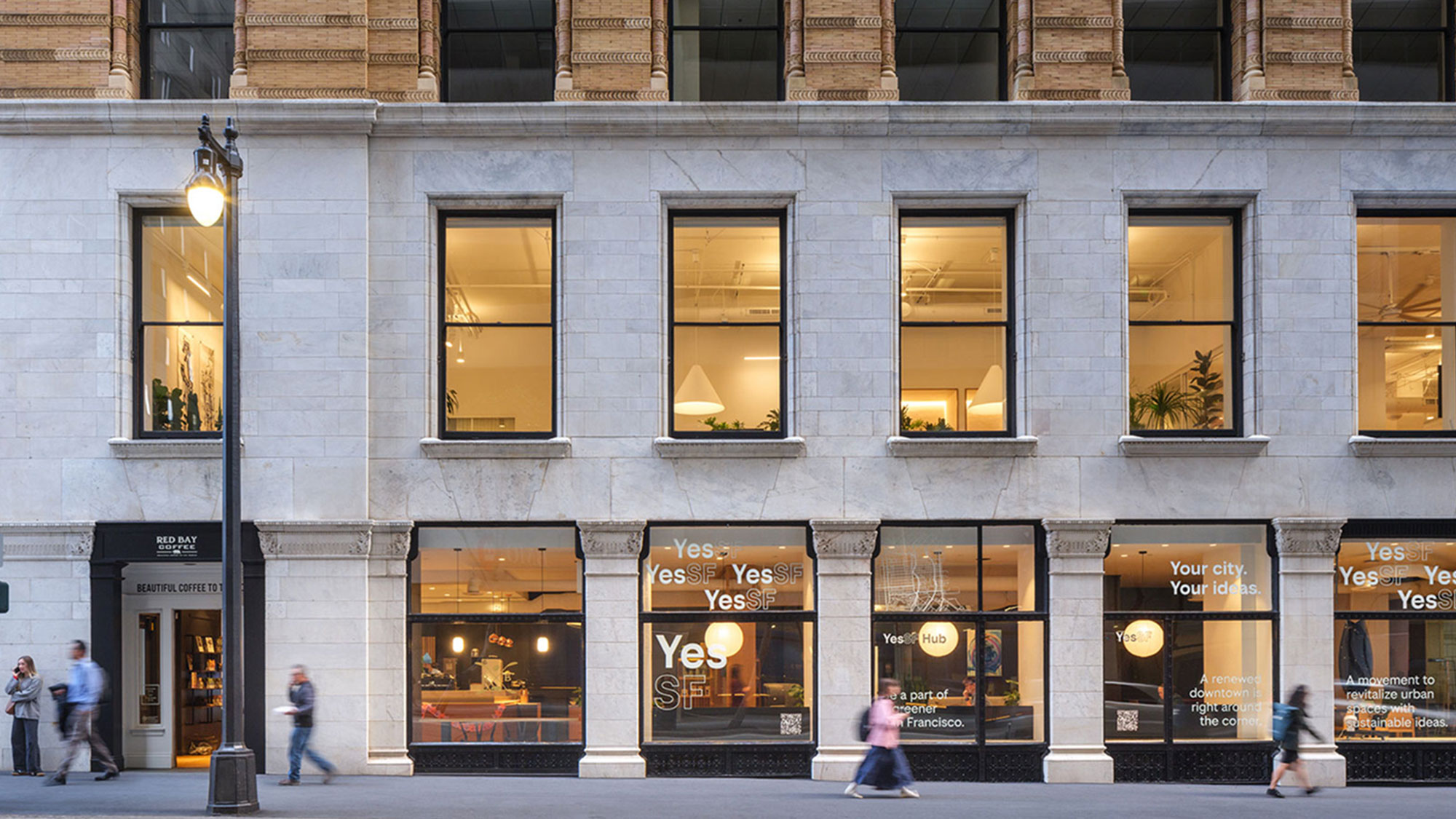
Urban design is in the middle of a renaissance. Cities everywhere are rethinking not just how they look and function, but how they can better serve the people who live in them.
This moment of transformation didn’t arrive quietly. It was sparked by a series of disruptions that exposed the vulnerabilities in our urban systems.
The pandemic unearthed how inflexible many central business districts had become. When office workers vanished overnight, so did the vibrancy of downtown cores. At the same time, the lack of accessible green space came into sharp focus as wellness took center stage. That focus continues, especially as extreme weather events make the financial risk to urban infrastructure impossible to ignore. Add to this the long-brewing crisis of affordable housing, and it’s clear why cities are reevaluating how they grow and evolve. In response, global trends like walkability, neighborhood focused amenities, and mixed-use experience-driven districts that blend housing, work, and culture are gaining momentum.
Few cities are as poised to lead this renaissance as San Francisco. Long known for its creative edge and innovation, the city is engaging this moment not just out of ambition — but out of necessity. San Francisco was hit hard by the pandemic, but it is primed to reinvent itself and turn disruption into opportunity.
If we’ve learned anything over the last several years, it’s that we must expect the unexpected. This rings especially true for the ways in which our cities are made up. Diverse and flexible environments that account for an extensive list of scenarios will be better positioned to weather the storm (literally and figuratively). By prioritizing placemaking and community-driven design, cities can become more livable and accessible in times of crisis and transition.
One effective approach to urban revitalization starts with taking inventory of what already exists and leveraging it. For example, place-based investments as part of a broader arts and culture strategy can be avenues for sustained success if done methodically. According to a report by the San Francisco Bay Area Planning and Urban Research Association (SPUR), this includes consistent funding through public/private partnerships in the public realm. A great example of successful investment in a cultural district is Cleveland’s Playhouse Square. Now the second-largest theater district in the U.S., this project was born out of grassroots work to save the city’s downtown venues driven by partnerships between community advocates, nonprofit foundations, city government, and local business owners.
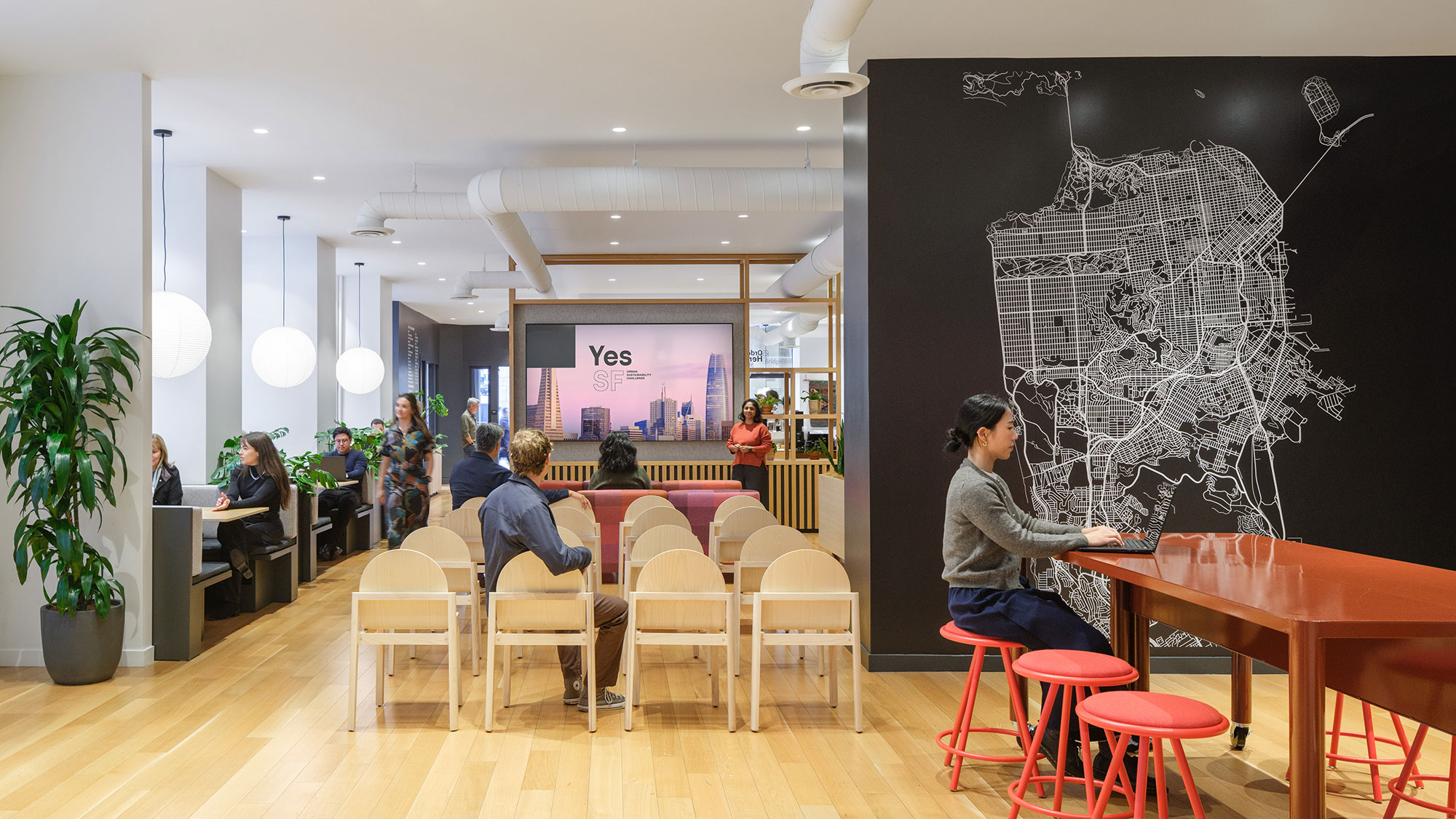
But the opportunity for San Francisco isn’t limited to fixing what’s broken. The city is in the middle of a creative moment that has the potential to shape the next generation of urban life. Venture capital is flowing, with more than half of 2024’s global VC investment finding opportunity in San Francisco. The AI sector in particular is expected to generate demand for up to 1.5 million square feet of office space this year alone. With that growth comes an urgent need to ensure the city can support its future workforce with new ideas around transit, amenities, housing, and other types of infrastructure.
One innovative solution we’re focused on locally is office-to-residential conversions. Through partnerships with policy organizations like SPUR to understand the feasibility of building conversions, we’re helping pave the way for San Francisco to transform empty office buildings into housing and revitalize our downtown.
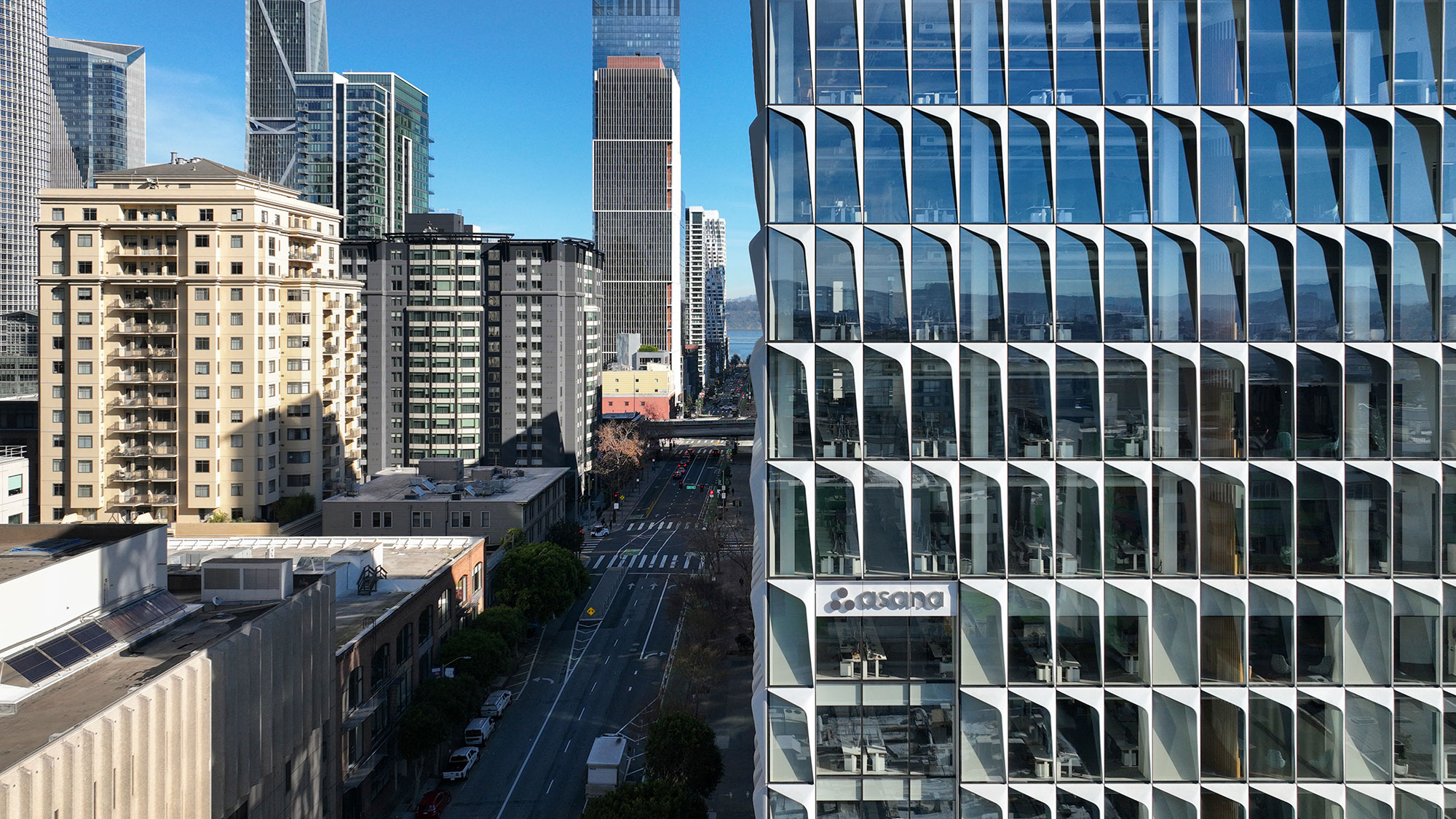
Another key and very visible opportunity to reshape the city lies along Market Street. Once a grand boulevard, it was forever changed by the big dig for Bay Area Rapid Transit (BART). In 2019, the city banned private vehicles from its eastern span for the first time in roughly 120 years with the goal of making it safer and more pedestrian friendly. But as we continue to reevaluate the priorities that need attention, Market Street is now the subject of a global ideas competition sponsored by ULI.
The city now has a second chance to create a destination on par with the world’s great promenades — Las Ramblas in Barcelona, the Champs-Élysées in Paris, Jinli Street in Chengdu, or Kyoto’s Philosopher’s Path. With the right vision, it could become a defining example of how cities can reimagine public infrastructure into a cultural asset.
Even the workplace can activate the urban core. Gensler’s new San Francisco office is bringing new life to a key stretch of Montgomery Street, once known as the “Wall Street of the West,” with a local employee base of more than 200 people coming downtown five days per week. Designed as a living lab for innovation, it is also a community hub for cultural celebrations, nonprofit gatherings, and industry events.

Meanwhile, the Mission Bay neighborhood is thriving thanks to Chase Center, which has anchored a sports and entertainment mixed-use district that feels active, inviting, and uniquely San Francisco. This model echoes what we’re seeing in places like Nashville, where Fifth + Broadway blends music, food, and cultural institutions into a high-energy civic space.
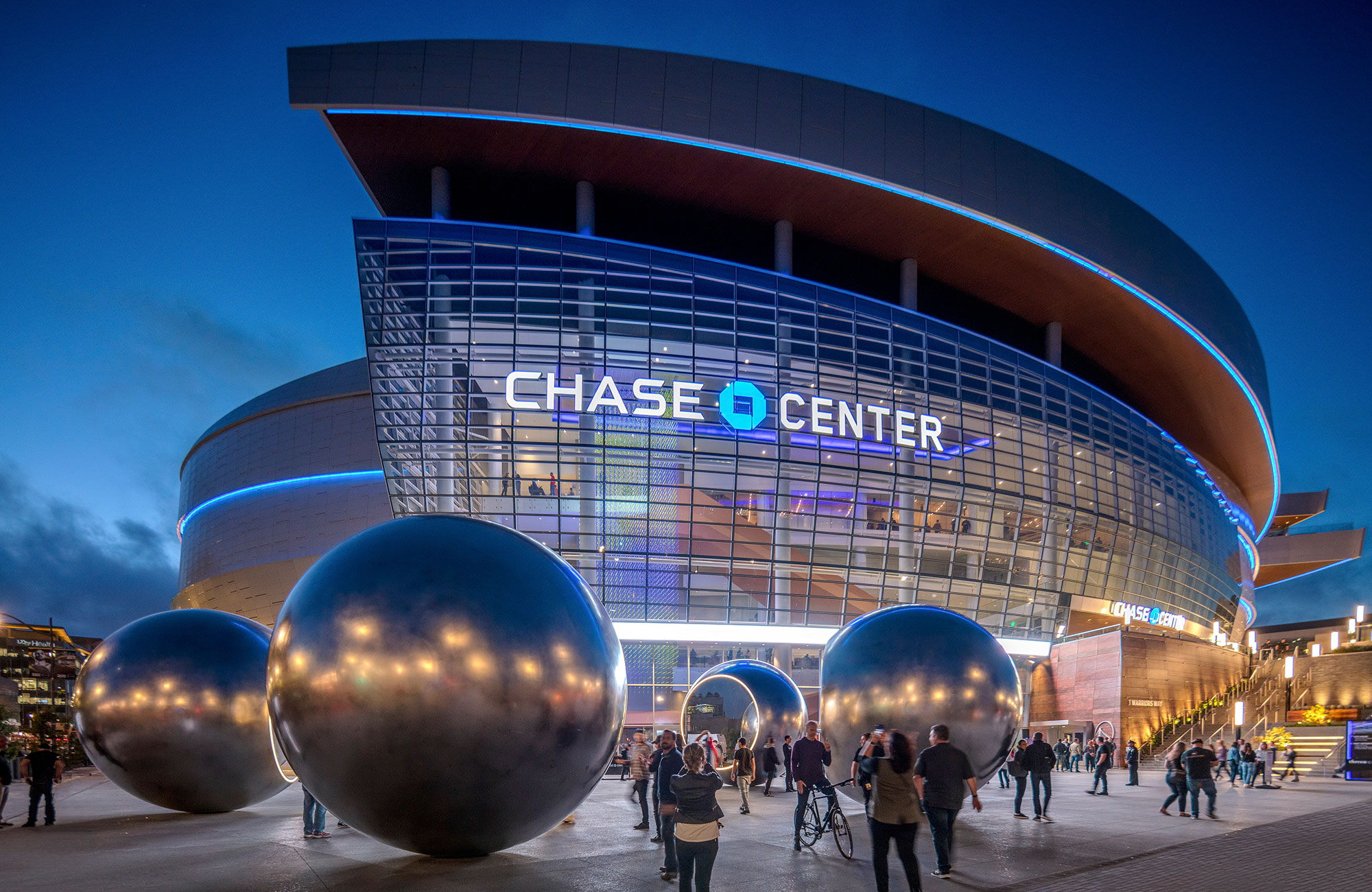
What all these examples show is that the future of cities will depend on innovation and collaboration. Public, private, and nonprofit sectors must work together to unlock new potential — from converting existing buildings and supporting cultural programming to building the housing and infrastructure that make creative economies possible. It’s a moment that requires us to think beyond homogeneous environments and old formulas so that we can ensure our cities are adaptable to evolving and unexpected circumstances.
San Francisco’s evolution isn’t just about recovery — it’s about redefining what a modern city can be. As urban planning continues its global renaissance, San Francisco is offering a playbook for how to turn disruption into design, and design into opportunity.
Editor’s Note: We look forward to welcoming ULI to San Francisco in November for the annual ULI Fall Meeting, where we can continue this important conversation and exchange ideas for the future of our built environment with like-minded industry leaders.
For media inquiries, email .
